Whether you moved to Sweden with children or your kids were born here, sometimes you need a little help! And what to do when you’re missing things like Sudocrem or Coppertone and have no idea what the Swedish equivalent is?
The Local teamed up with Sweden’s largest pharmacy chain to figure out what every expat parent should have in their medicine cabinet.
1. Vitamin D drops
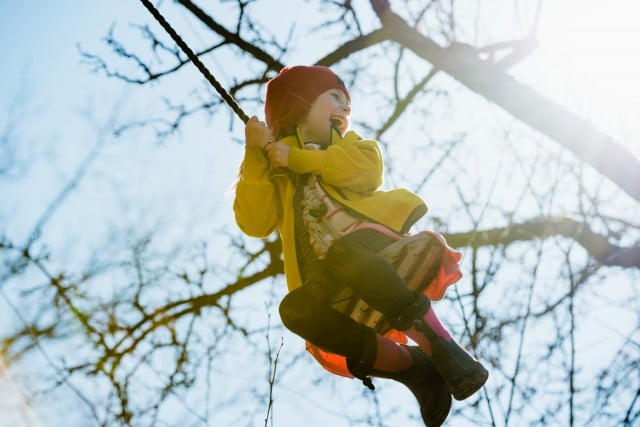
First off, remember, this is Sweden we’re talking about, not Spain. And even the kiddos need some Vitamin D – fortified milk just isn’t going to cut it in the darker months. In fact, Vitamin D is so important that kids in Sweden are given Vitamin D drops from the time they’re born until age 2. But that doesn’t mean you should stop then. In fact, Sweden’s National Food Agency (Livsmedelverket) recommends everyone have a daily intake of at least 10mcg from Vitamin D.
Vitamin D drops are available at Apotek Hjärtat – perfect for youngsters who aren’t ready to swallow big tablets.
2. Zinc cream
Brits swear by Sudocrem; some Americans swear by Desitin. But whatever it’s called where you’re from, it can work wonders, particularly on diaper rash.
That’s where Aco Minicare Baby Zinc Cream comes in – specially formulated to care of children’s sensitive skin.
There are a few other versions available as well – just keep your eye out for zinksalva (zinc salve) or zinkpasta (paste, that is, not pasta).
3. Digital thermometer
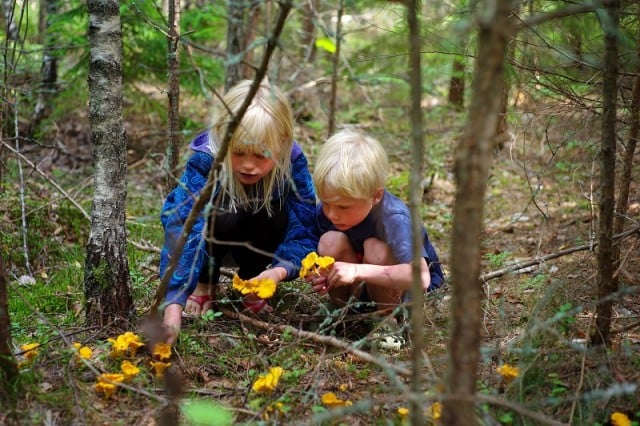
Another important item for parents to have at home is a digital thermometer. Apotek Hjärtat carries several, but the Braun Thermoscan 7 has special settings to correctly measure and interpret temperatures of both children and adults.
4. Alvedon*
When your child has a fever you want to be prepared with the right type and concentration of paracetamol. Alvedon comes in drops (oral lösning) which can be used from 3 months old, as well as suppositories and dissolvable tablets for older children. See the children’s fever section here to shop all products.
5. Lice treatment
Ah, yes, the days when kids go to school and come home with head lice. It’s a treasured moment of parenting, wouldn’t you say?
Actually, it’s pretty louse-y. But hopefully it’s a moment you can skip. Be prepared with Linicin Prevent Spray to stop the bugs before they settle down. If it’s too late for that, never fear- there are plenty of shampoos and other treatments available, as well as louse combs.
6. Foot wart remover

Kids come home with all sorts of great gifts from school, don’t they? Plantar warts are another one. Warts are called vårtor in Swedish, and you can get plasters with salicylic acid to help the mild ones. There are also wart treatment pens and freezers available which last up to 30 applications, so you’re ready to thwart (get it?) those buggers no matter how often they pop up.
7. Gentle shampoos and lotions
Small children typically need products that are gentler than what many adults use – without things like strong perfumes. Apotek Hjärtat has a wide selection of shampoo, lotion, body oil, soap, conditioner, and bubble bath that is soft on sensitive skin. Check out the Head and Hair section for kids here.
8. Baby wipes and beyond
Let’s not forget the basics! Baby wipes, baby powder, diapers for newborns and premature babies, Q-tips specifically for infants, and baby nail scissors are all available in store or online – just check the baby care section.
9. Allergies
Winters in Sweden may be long and dark, but when spring does roll around, it goes all in. Which means plenty of pollen.
If your child has allergies, make sure to have something on hand that’s specially formulated for kids and can help them enjoy the great Swedish outdoors hassle-free.
10. Sunscreen
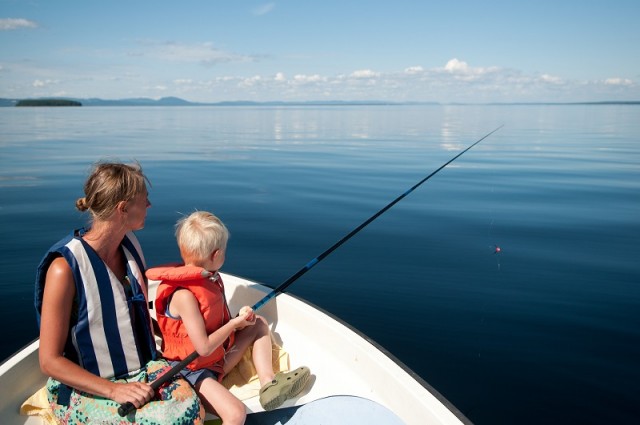
Speaking of spring, when the sun shows up again in Sweden, it’s here to stay for a long while! Children’s skin is particularly sensitive to the sun, and Swedish summer means long days and plenty of rays. Whether you prefer spray, lotion, or a rub-on stick, make sure you have high SPF sunscreen available.
11. Plasters
Finally, whether your child prefers bandages covered in Minions, Cars, or pictures of Anna and Elsa from Frozen, Apotek Hjärtat has you covered. Because naturally every boo-boo feels better when you’ve got a pretty plaster on it.
*Remember that, as with any medicine, it’s important that you always read the patient information leaflet before using prescription-free medicine.
This article was produced by The Local Client Studio and sponsored by Apotek Hjärtat.

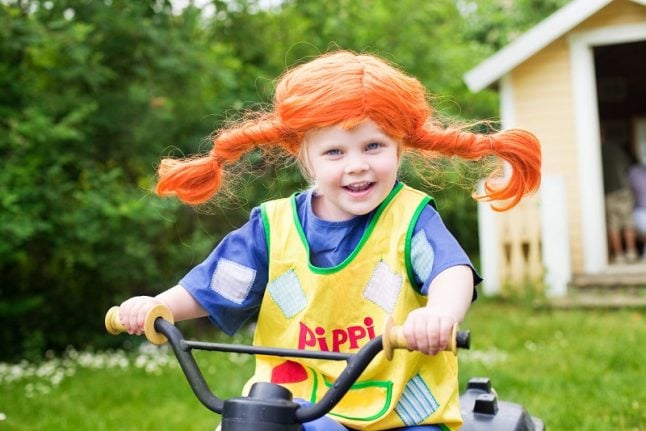
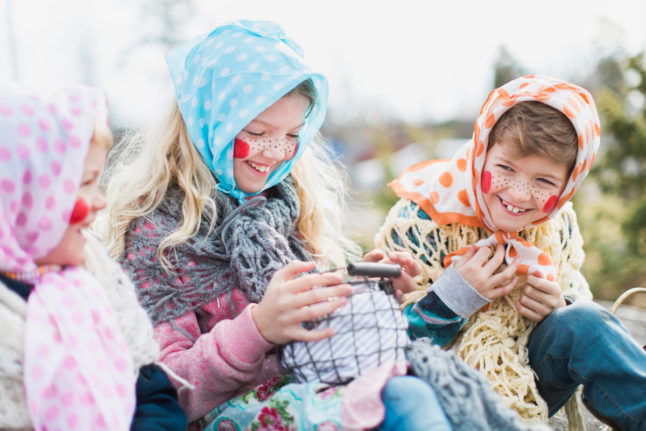
 Please whitelist us to continue reading.
Please whitelist us to continue reading.